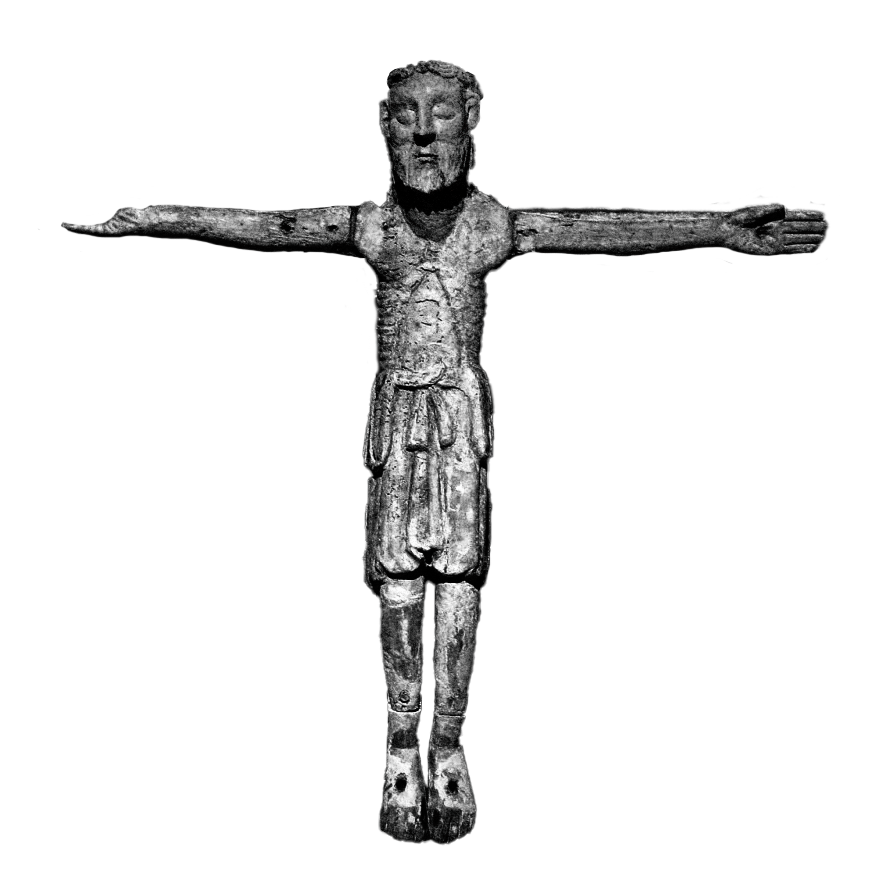A triptych depicting the legend of Maria Magdalena. (15th century, Saint Leonard Church, Zoutleeuw)
The legend of Maria Magdalena's journey to France is a tale deeply entrenched in Christian tradition and folklore. According to this legend, after the crucifixion and resurrection of Jesus Christ, Maria Magdalena, along with her brother Lazarus, sister Martha, and other followers of Jesus, faced persecution in Judea.
Fleeing from the hostility of their adversaries, Maria Magdalena, Lazarus, Martha, and a group of companions, including Maximinus and Cedonius, were placed aboard a ship without a pilot. The intention was to cast them adrift at sea, with the expectation that they would perish. However, through what was believed to be the intervention of God, the ship miraculously arrived on the shores of Marseille, France.
Upon their arrival in Marseille, they found no welcome from the locals, so they took refuge in a portico near a pagan temple. Despite the inhospitable reception, Maria Magdalena boldly began preaching the Gospel, urging the people to turn away from idolatry and embrace Christianity. Her eloquence, beauty, and devotion to Christ captivated the crowds, drawing many to the Christian faith.
One notable encounter occurred when the governor and his wife sought to make offerings to pagan gods in hopes of conceiving a child. Maria Magdalena dissuaded them from their intentions, preaching to them about the one true God. Her prayers for the governor's wife to conceive were answered, further cementing her reputation as a holy figure.
However, the governor's reluctance to heed her warnings and aid the needy provoked a divine warning. Maria Magdalena appeared to the governor and his wife in a series of vivid dreams, chastising them for their indifference to the suffering of others. Fearing the wrath of God, they relented and provided assistance to Maria Magdalena and her companions.
The legend continues as Maria Magdalena and her followers embarked on a mission to spread Christianity throughout France. They traveled to various regions, performing miracles and converting multitudes to the Christian faith. Eventually, they settled in Aix, where Lazarus became the bishop of the city and Maximinus a bishop as well.
In her final years, Maria Magdalena withdrew to a remote location, where she spent thirty years in solitude, yearning for spiritual communion with God. Her legacy as a devoted follower of Christ and a powerful evangelist endured, shaping the early Christian community in France and inspiring countless believers throughout the centuries.









